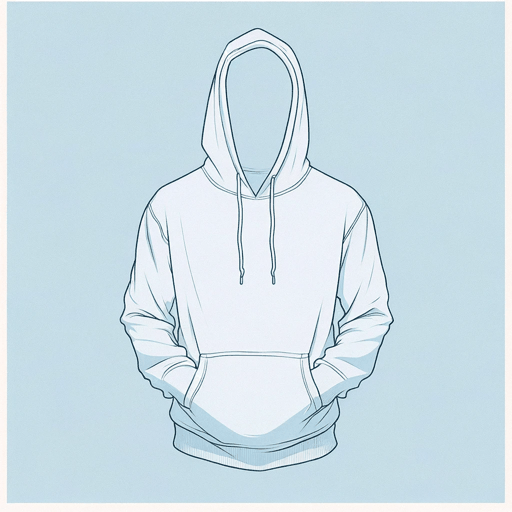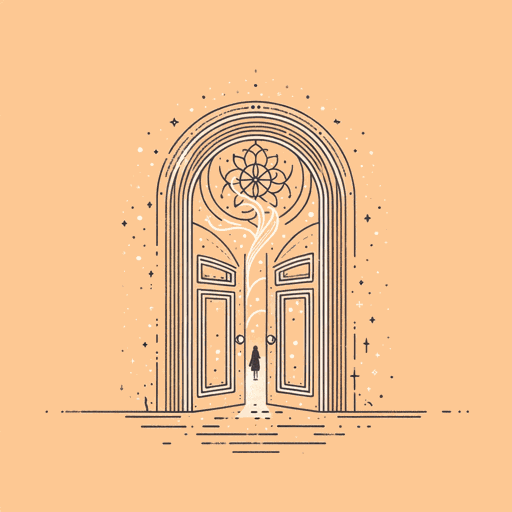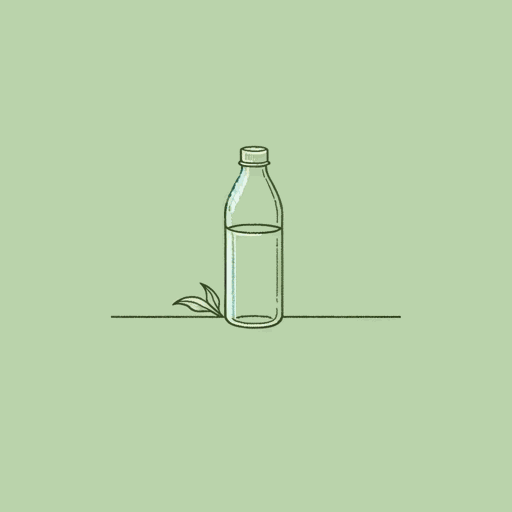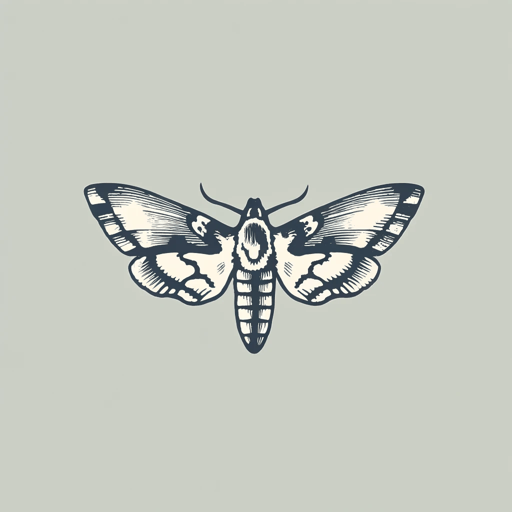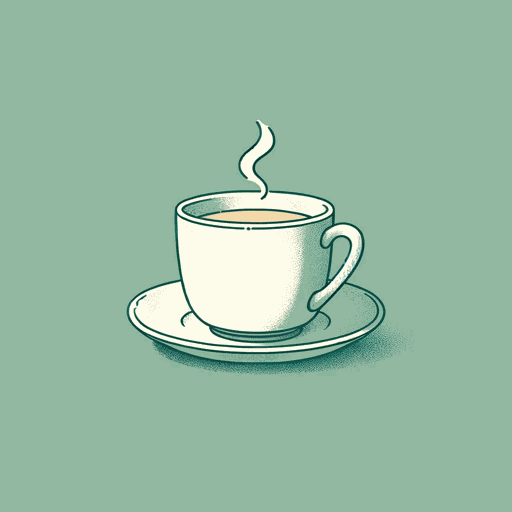45 pages • 1 hour read
Mohsin HamidThe Last White Man: A Novel
Fiction | Novel | Adult | Published in 2022A modern alternative to SparkNotes and CliffsNotes, SuperSummary offers high-quality Study Guides with detailed chapter summaries and analysis of major themes, characters, and more.
Summary and Study Guide
Overview
The Last White Man (2022) is the fifth novel by the British Pakistani novelist and consultant Mohsin Hamid. Written as an extended allegory, it tells the story of an unnamed town in an unnamed country whose inhabitants have all begun to change skin color from pale to brown. The novel explores themes of The Construction of Race and Whiteness Theory, Loss and Mourning, and Social Media and Conspiracy Theories. Like Hamid’s Exit West (2017), The Last White Man is written in the genre of magical realism, which is characterized by fantastical elements in otherwise realistic writing and often contemporary, real-world settings. Hamid’s writing style is experimental, ranging from the dramatic monologue of The Reluctant Fundamentalist (2007) to second-person narrative in the style of a mock self-help book of How to Get Filthy Rich in Rising Asia (2013). Hamid has won numerous writing awards and was shortlisted twice for the Booker Prize.
This guide uses the Riverhead Books 2022 Kindle version.
Content Warning: This guide discusses racism, suicide, substance use disorder, and violence.
Plot Summary
Anders wakes to discover that his skin has changed from white to brown, which enrages him. He notices the change in both his appearance and his self-perception: He feels that he now moves as if he is prey, which he perceives as a robbery of his whiteness. When he leaves the house, he believes that others react to him negatively. He calls Oona, a yoga instructor and former girlfriend, who is initially shocked by his news, and, as she had been planning to let the relationship wane, does not want to visit him. However, she does, and the two are intimate. Oona’s mother tells her of news coverage of white people turning dark. Since the death of her son, Oona's mother has been spending more time online, nourishing her beliefs in white supremacy and conspiracy theories.
Anders begins leaving his house in a hoodie to hide his skin color. He contemplates visiting his father, but fearing his racism, decides to tell him of his change over the phone. Oona returns to her previous home in the city to visit friends, no longer feeling that she belongs to this former life. She returns home in time to teach her yoga class the next day. Anders returns to the gym, where he works as a trainer. His boss says that he would have killed himself if he had changed. Oona decides to visit Anders. More people have begun to change, causing increasing unrest in the city. Oona’s mother prepares for the end of the world, worrying Oona. Anders struggles with his transformation, unsure of how deep his changes are. He reflects on his previous treatment of people of color, like the cleaner in the gym, concluding that he would like to have a real conversation with him. Oona’s perception of Anders continues to oscillate.
White people panic over the increasing number of people of color, resulting in racist violence perpetuated by white supremacists. Oona’s mother believes the violence will make the world right. Anders finally decides to visit his father, who is initially shocked, but then takes steps to protect him. Anders’s father is dying, and Anders remains to care for him. Anders and Oona grow closer.
More people at the gym have changed, increasing the tension there and resulting in a physical altercation. Life in the city becomes dangerous, especially for people of color. Oona has the chance to rescue a dark woman with white children from potential danger but does not act. Telephones and the internet begin to fail.
Violence reaches a new level, with militias and mobs roaming freely, and dead bodies in the streets. Anders is attracted to the racist militia but also begins to carry a rifle to protect himself from them. He continues to hide out in his father’s house in the countryside. He believes his father would not protect him from white vigilantes if it were not for their family connection. Oona begins preparing for her own change by darkening online photos and applying makeup to change her skin color. Her mother tells her she should be ashamed, and she replies that she is.
People begin posting videos of the violence online. A video of a man with dark skin killing another man with dark skin goes viral and initiates an online brawl. During the day, more people begin to venture out in the safety of their cars. Oona visits Anders, and his father shows discomfort at seeing a white woman kiss a dark man. Oona’s mother spends her time online, searching for a cure or an unaffected place to which white people can retreat. Oona is now caring for her mother.
Anders is also caring for his father, whose suffering increases as he approaches death. Anders ventures out to buy drugs to ease his father’s pain. When he returns to the house, he opens the curtains, no longer feeling the need to hide, as most people have become dark. Oona invites him to her house, and when her mother sees them in bed, she vomits uncontrollably. Oona finally changes. She experiences strong feelings of loss and melancholy but also feels like a snake shedding its skin. Oona’s mother is initially unable to look her daughter in the face. Oona tells her mother she is sorry. Her mother suggests they have breakfast, but is unable to stomach her daughter’s change and vomits again. Oona visits Anders and apologizes, which he misunderstands as sympathy for his father’s impending death. The city calms. Anders wonders if those who were always dark can differentiate themselves from those who have changed. He and Oona cannot. The narrator describes this as a kind of “blindness” that allows the other senses to flourish.
Oona’s mother is one of the last people to transition. Her activities online reflect a general acceptance of her change. Anders’s father dies, and he soon begins crying uncontrollably. His father made preparations for the funeral in advance, but Anders has the urge to dig the grave himself to connect to tradition. Anders’s father was the last white man.
Oona’s mother is spending less time online, finding that the information there is not consistent with the reality she experiences in her own life. Still, she misses being white and the loss of future white grandchildren. She tries to make up for her reaction of seeing Anders with her daughter by posting a picture of the couple online. Anders and Oona begin spending time in the cemetery, where they are able to feel the dead around them. Oona meets her brother’s former lover, and he tells her that the change of his skin color was not the most significant of his life. Oona has moved into Anders’s father’s house. Anders tries again to connect with the cleaning guy, offering to train him. However, he tells Anders he would rather have a raise.
The entire town feels like it is in mourning but also being reborn. People repair the city. The young couple renovates the house. Years later, the memories of whiteness recede for everyone except Oona’s mother, who wants to share stories of her heritage with her granddaughter. However, the girl is uninterested in whiteness. The story ends with the girl, now a teenager, climbing into bed with her parents; Anders places his brown hand on the side of her brown face.
Related Titles
By Mohsin Hamid
